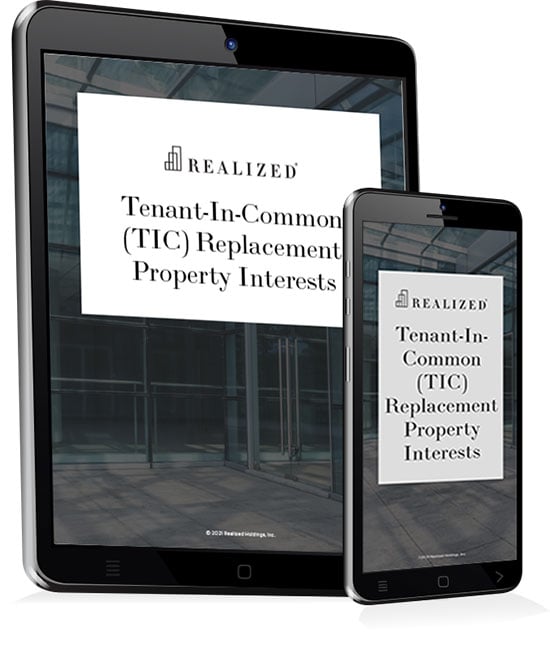
Joint ownership of real property can be formed in a few different kinds of legal structures depending on the owners’ desires.
One common property ownership structure for two or more owners is to form a joint tenancy. Under this legal structure, each tenant has the same legal rights and financial responsibilities for the property regardless of their portion of ownership shares. Each party also has an equal share of any financial gain generated from the property – they’ll receive an equal share of any rental payments or sale proceeds if they decide to divest the asset.
Another important element of a joint tenancy is the right of survivorship. Let’s take a look at what that means.
Right of Survivorship
Joint tenancy ownership structures are often formed because they include right of survivorship, which means that when one owner dies, his or her shares of the asset are automatically transferred to the surviving owners. This agreement significantly hastens the transfership of the decedent’s assets because it sidesteps the need for a judge to distribute assets through court-supervised probate.
When someone dies, their estate usually has to wind through probate to be settled and distributed according to their will. Real property assets deeded as a joint tenancy ownership arrangement removes this stipulation, along with the prolonged legal process that typically follows probate. The surviving owners can immediately claim full ownership of the property.
Right of survivorship benefits surviving owners, but it can be detrimental to a decedent if he or she wanted to transfer their ownership shares of real property assets to an heir of their choosing. Property deeded as a joint tenancy arrangement will trump the decedent's will, so owners must carefully consider how they want their shares of a property transferred upon their death.
If you want to name a beneficiary of your choosing to own your portion of an investment property or personal residency, a tenancy in common (TIC) arrangement may be more suitable. Under a TIC, owners are free to designate a beneficiary of their choosing to take possession of their portion of an asset if they pass. Ownership shares of the property also don’t have to be equal in a tenancy in common.
How to Create a Joint Tenancy With Right of Survivorship
A joint tenancy is created when property owners transfer title or deed into their names. At this time, they’ll declare the joint ownership structure of the asset on title or deed documents by stating the property will be held as joint tenants with the right of survivorship. Once the documents are officially recorded, the property is now deeded as a joint tenancy and each owner shares equal rights, responsibilities, and financial obligations for the asset.
It’s important to note that a joint tenant may be able to legally sever the agreement without consulting the other property owners. In joint tenancies involving three or more people, one owner could sell their interests in the property to another party, who would then become a fully vested partner in the joint tenancy. It doesn’t take much imagination to see how a severance in this situation could complicate the joint property ownership arrangement.
Putting it all Together
Joint tenancies are often formed by two or more parties to hold title to residential or commercial real estate assets. Each owner has an equal interest in the property, regardless of the amount of money each owner paid to buy the property.
Joint tenancies include right of survivorship, which means that when one owner dies, his or her shares of the property are automatically transferred to the remaining owners. There can be pros and cons to this ownership structure, so consider your future financial interests carefully before entering into this type of ownership arrangement.
This material is for general information and educational purposes only. Information is based on data gathered from what we believe are reliable sources. It is not guaranteed as to accuracy, does not purport to be complete and is not intended to be used as a primary basis for investment decisions. It should also not be construed as advice meeting the particular investment needs of any investor.
Realized does not provide tax or legal advice. This material is not a substitute for seeking the advice of a qualified professional for your individual situation.



